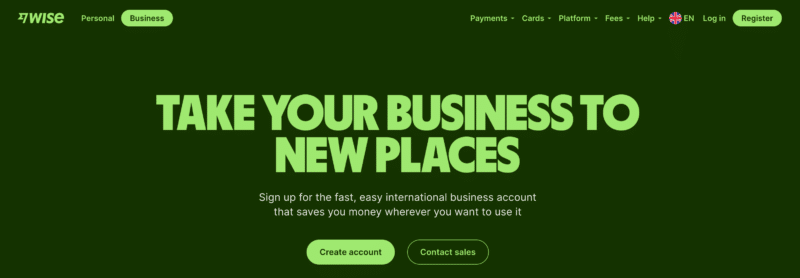 PayPal is one of the most widely used payment processors in the world, especially for freelancers, e-commerce businesses, and creators. But when it comes to withdrawing money—particularly in USD from European PayPal accounts—things get complicated quickly. PayPal’s default behavior is to convert your balance into your local currency (usually EUR) before withdrawing, and their exchange rates are notoriously unfavorable.
PayPal is one of the most widely used payment processors in the world, especially for freelancers, e-commerce businesses, and creators. But when it comes to withdrawing money—particularly in USD from European PayPal accounts—things get complicated quickly. PayPal’s default behavior is to convert your balance into your local currency (usually EUR) before withdrawing, and their exchange rates are notoriously unfavorable.💸 Updated PayPal Withdrawal Comparison (2025)
| Method | Currency Received | FX Rate | Fee | Limit |
|---|---|---|---|---|
| Visa debit card (Wise) | USD | Bank conversion | $2.50 | $3,000/tx |
| Visa debit card (Revolut) | USD | Bank conversion | $2.50 | $2,500/tx |
| Bank account (EUR) | EUR | PayPal FX (poor) | Free | High |
Withdrawing to a Debit or Credit Card
This is currently the best way to keep your funds in USD when withdrawing from a European PayPal account. If your Visa card supports USD (like those from Wise or Revolut), PayPal can send the funds directly without converting them to EUR. Your bank will then handle the currency conversion, often at a better rate than PayPal’s.
There is a flat $2.50 fee per withdrawal. While the traditional limit was $2,500, recent data shows that some users are able to withdraw up to $10,000 per transaction depending on the card and PayPal account history.
Withdrawing to a Local EUR Bank Account
This option allows for high-limit or even unlimited withdrawals, but comes with a big drawback: PayPal will automatically convert USD to EUR using their internal exchange rate, which includes a hidden margin of around 3–4%. This can result in hundreds or thousands of euros lost on large transfers.
What About USD Bank Accounts in Europe?
Even if your bank provides a USD account, PayPal will often still convert to EUR before sending, unless the account is registered as a U.S. bank (such as through Payoneer or Wise US routing). I’ve been able to add a USD-denominated account manually to my PayPal business profile, but this is an exception, not the rule.
My Recommended Approach
Given all the above, my personal strategy in 2025 is:
- ✅ For amounts up to $3,000: use Wise or Revolut USD Visa for instant transfer in USD
- ✅ For larger amounts: use my BoV Visa (Maltese bank) card, receive USD, let BoV handle the FX
- ❌ Avoid PayPal’s bank withdrawals unless I’m okay with their FX hit
If your setup supports it, this combination gives you fast access to funds, better control over exchange rates, and avoids the massive hidden fees that plague most non-US PayPal users.
Let me know in the comments if you’ve tested another setup or found a better route — I’m always looking to update this article with verified options.


 Interest rates are among the most influential tools in the financial world, wielded by central banks to regulate economic activity and maintain stability. But how do they work, and why do they matter so much? Moreover, how do decisions by the U.S. Federal Reserve (Fed) ripple beyond the United States, impacting currencies like the euro and the lives of people in other economic zones? Let’s break it down.
Interest rates are among the most influential tools in the financial world, wielded by central banks to regulate economic activity and maintain stability. But how do they work, and why do they matter so much? Moreover, how do decisions by the U.S. Federal Reserve (Fed) ripple beyond the United States, impacting currencies like the euro and the lives of people in other economic zones? Let’s break it down.
